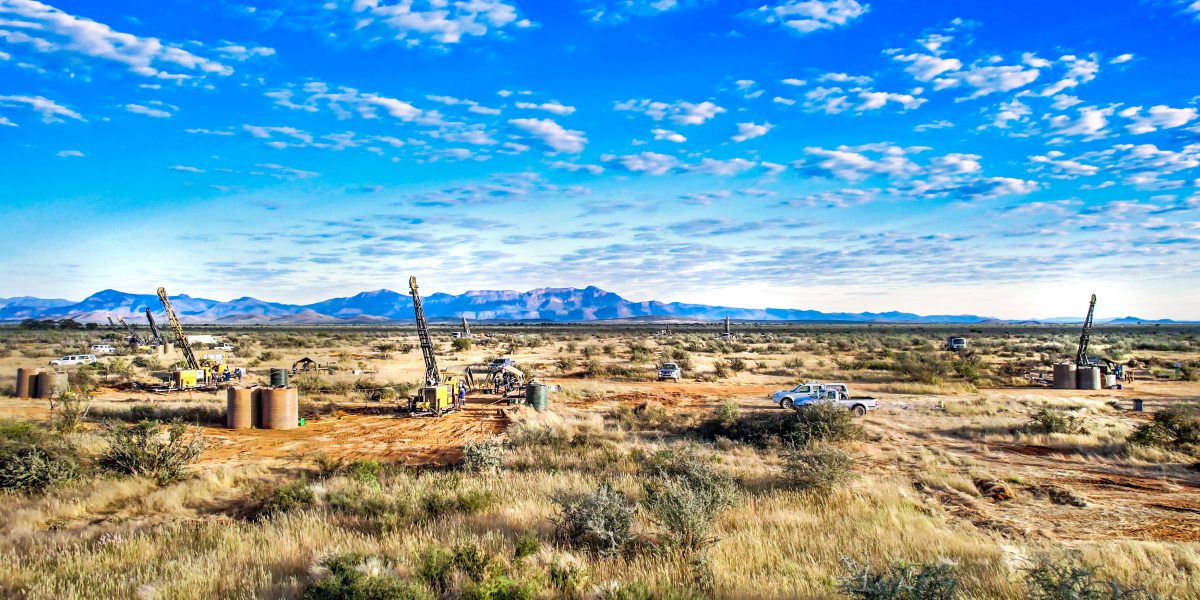Osino Resources Corp. is pleased to announce the results of the definitive feasibility study (“DFS”) for Osino’s Twin Hills Gold Project (“Twin Hills“ or the “Project”), which is located in central Namibia and is being advanced rapidly through accelerated expansion drilling and fast-tracked development studies.
The DFS was prepared by Lycopodium Minerals Canada Ltd. (“Lycopodium”) in accordance with National Instrument 43-101—Standards of Disclosure for Mineral Projects (“NI 43-101”) and contemplates a low-risk, technically simple open-pit mine utilizing contract mining and feeding a conventional carbon-in-leach (“CIL”) metallurgical plant processing 5mtpa of mineralized material.
Heye Daun, Osino’s co-founder, President & CEO commented: “We are very pleased with the results of this DFS which confirms Twin Hills as a technically simple, long-life and low-cost gold project with very strong economics and plenty of upside. Now that the DFS has been completed, we will immediately commence with detailed engineering and our vision is to reach a fully financed construction decision by the end of 2023. The results of this DFS demonstrate that Twin Hills is a very robust, cash generative project which will deliver outstanding returns to shareholders once it goes into production, hopefully towards the end of 2025 or early 2026.”
The Twin Hills Gold Project is located within Namibia’s prospective Damara mineral belt. Twin Hills is a sedimentary-hosted, structurally controlled gold deposit that fits the broad orogenic model and is amenable to conventional open-pit gold mining and carbon-in-leach metallurgical processing. Twin Hills lies in proximity to and along strike of the producing, open-pit Navachab and Otjikoto gold mines.
Highlights of the DFS
Contributed by Osino Resources


